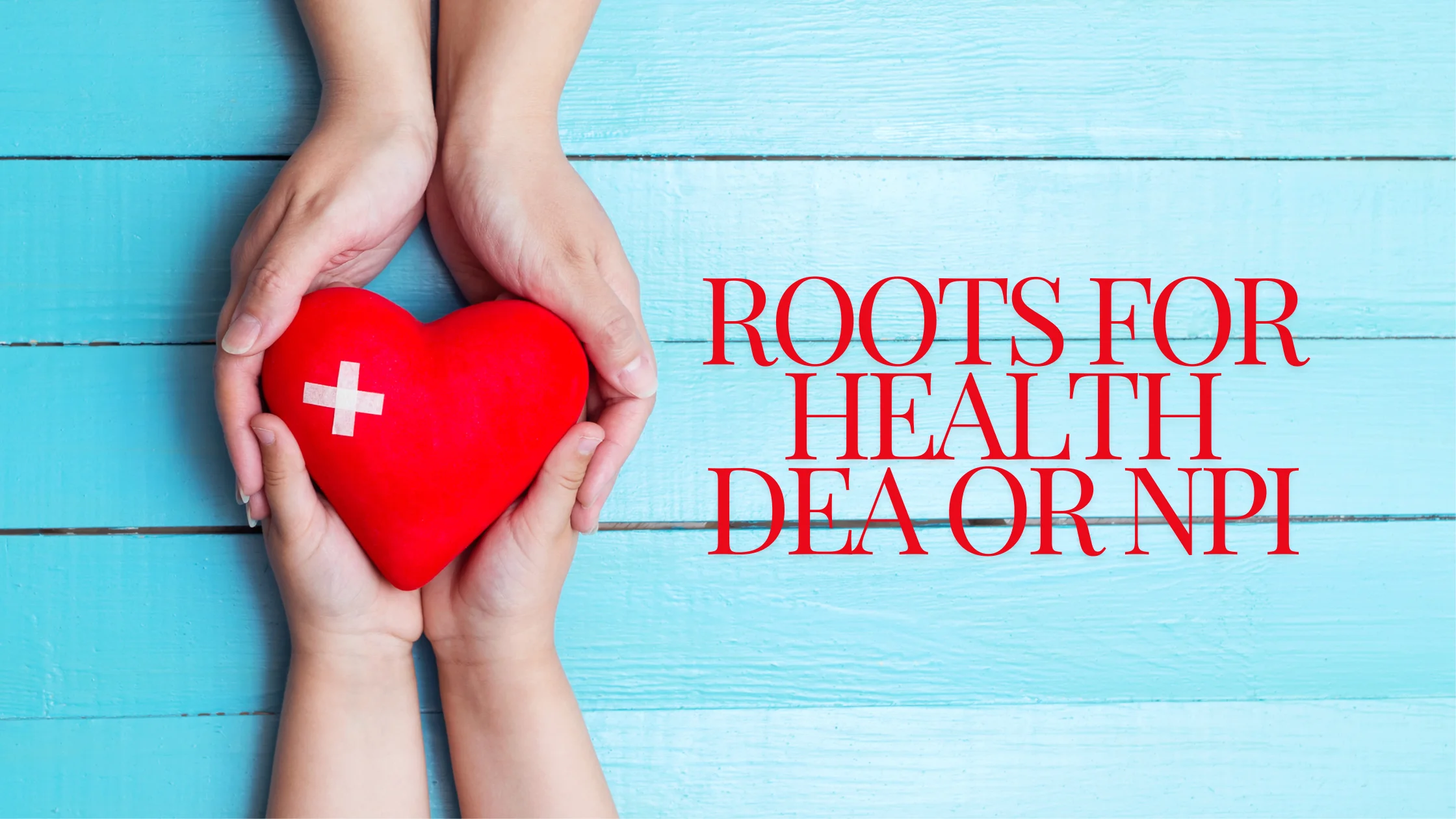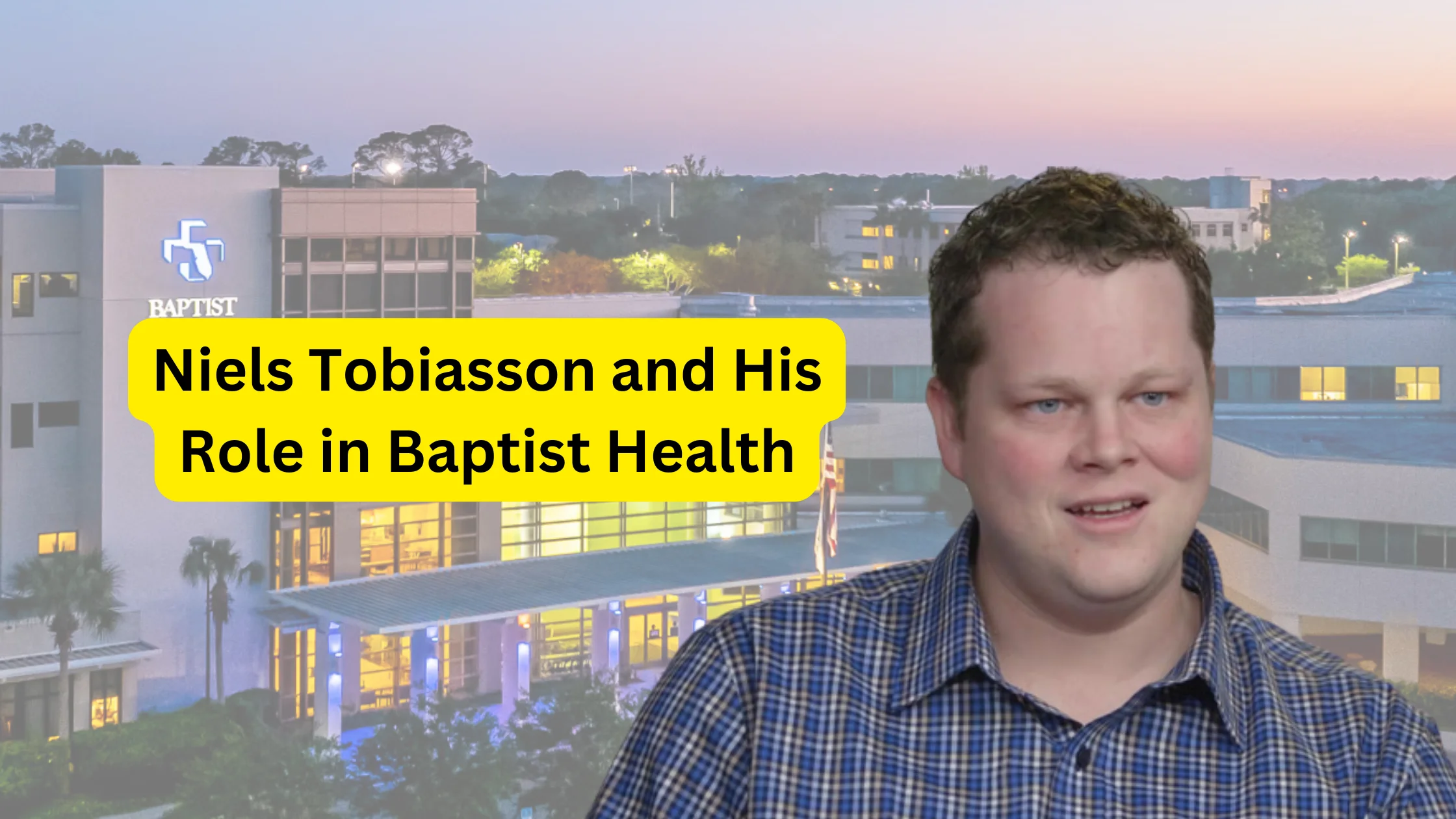- March 10, 2025
Why The Elderly Have More Cancer Than Youths

A recent report titled “The Surprising Answer To Why Cancer Rate Increases With Age” published in Medical News Today is bound to stir up some controversy. While we know that cancer occurs more in the elderly, a new theory suggests why.
Young people have lots of healthy cells and young tissues that are related in such a way that they can defeat cancer, but as we age, this relationship changes, and it is thought that cells’ existing mutations tend to favor the survival of cancerous cells more. It took me a while to understand this theory, but now I can see the potential accuracy of it, and I suggest you read on for more details.
Cancers are age-related
Cancers are age-related, much more frequent in the old than in the young. A University of Colorado Cancer Center review published in the journal Oncogene argues against the conventional wisdom that the accumulation of cancer-causing mutations leads to more cancer in older people, instead positing that it is the changing features of tissue in old age that promote higher cancer rates in the elderly.
“If you look at Mick Jagger in 1960 compared to Mick Jagger today, it’s obvious that his tissue landscape has changed,” says James DeGregori, Ph.D., an investigator at the University of Colorado Cancer Center and professor of molecular biology at the University of Colorado School of Medicine. “And it’s this change, not the accumulation of cancer-causing mutations, that drives cancer rates higher as we grow older.”
For evidence, DeGregori points first to the fact that by the time we stop growing in our late teens, we’ve already accumulated a large fraction of the mutations we will have in our lifetimes. “There’s a mismatch between the mutation curve and the cancer curve,” DeGregori says, meaning that if cancer were due to reaching a tipping point of, say, five or six mutations, we should see higher cancer rates in 20-year-olds, as this is when mutation rate is highest.
DeGregori points
Second, DeGregori points out that even healthy tissues are full of oncogenic mutations. “These mutations are many times more common than the cancers associated with them,” DeGregori says. Simply, more mutations don’t equal more cancer – not across the aging population and not even in specific tissues.
DeGregori’s final two points come from evolution. As we’ve evolved from one-celled, short-lived life forms into multicellular, long-lived humans, we’ve had to develop complicated machinery to maintain our tissues and avoid disease


- March 5, 2025

